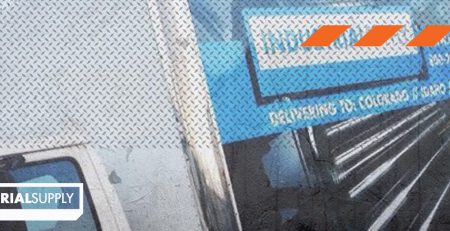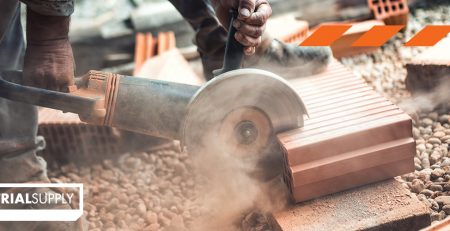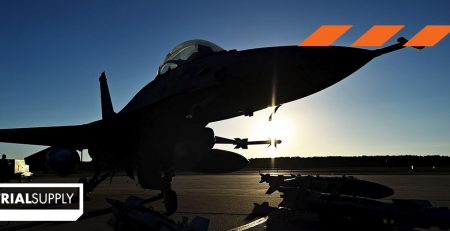Protecting Your Eyes At Work
When it comes to protecting your eyes while on the job, you may think that any pair of glasses will do the trick. But did you know that any old pair of safety glasses or goggles may not be enough? There are many different types of safety glasses and goggles out there, each specific to the specific job you are performing. Wearing the wrong type of eye protection and having a false sense of security can be just as dangerous as not wearing any protection at all. The Construction, Mining, Welding, and Laboratory industries have some of the highest rates of eye injuries. Flying particles, explosions, and hazardous liquids all pose great risks to workers, so proper eye protection should be worn at all times because even a minor eye injury may cause permanent or long-term damage.
How to Select the Appropriate Eye Protection That You Need
When deciding what type of eye protection equipment you’ll need, it’s important to take into account the types of hazards you’ll encounter in your work. For example, there can be impact hazards, such as flying particles and explosions where wearing spectacles are necessary. There are also splash hazards which may include: the spray of hot, cold, or hazardous liquids, fine powder, or mist. You won’t be able to use impact eye protection equipment like spectacles to protect against these types of splash hazards due to their limited coverage. In this scenario, a set of splash goggles would be more suitable for the job. Different hazards require different protection. The straps, frames and other parts of the equipment worn should fit snug and comfortable, but still allow air to circulate between the eye and the lens.
- Spectacles are best used to help prevent impact hazard injuries, which include flying debris or explosions. There are options available in prescription grade if needed. Make sure they offer adequate side protection and take into account the type of coating on the lenses. Different manufacturers use different coatings that may be essential to your work situation, such as abrasion and chemical resistance, anti-fog, or static dissipation.
- Goggles are great for impact hazards as well, due to their larger size that offer more coverage than spectacles. Goggles should be considered when you need a higher level of impact protection.
- Splash Goggles provide protection for splash hazards, as well as indirect ventilation, which allows you to get air flow in and out of the goggles but does not provide a direct path to the eyes. The eyes are, therefore, protected from any floating particles, dust, or liquids.
- Face Shields offer a lot of coverage, protecting most of the face, eyes, neck, top of the head, and ears, but they should not be worn on their own. There is still a chance that splash or impact hazards could get through the face shield, so it’s best to wear either goggles or spectacles in addition to the face shield.
- Sealed Eyewear helps protect your eyes against the sun, wind, and debris. They are ideal for high-particulate environments where grinding, chipping, and sanding exist. They work great for the Metal, Construction, Carpentry, Mining, Landscaping, and even Geography/Weather Industries.
Finally, do not rely on your prescription eyeglasses for eye protection; you will need to wear additional eye protection. For instance, dust, powder, and liquids can still get around your prescription glasses and lead to injury. Goggles placed over prescription eyeglasses offer the safest coverage.
Another hazard that should not be ignored is Optical Radiation, which occurs when the intensity of ultraviolet, visible, or infrared exceeds the maximum exposure level that your eyes can handle. Optical Radiation can lead to severe eye damage. The best way to protect yourself from this hazard is by selecting the proper filtering lens for your gear. You will need to get spectacles or goggles with the appropriate lenses; and, if the radiation levels are high enough to cause skin damage, a face shield should be worn over the eye gear as well.
We hope this information gets you thinking about the factors involved in selecting the right eye protection and remind you to be safe next time you’re working on-site.
This Post Sponsored By

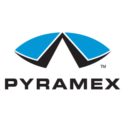

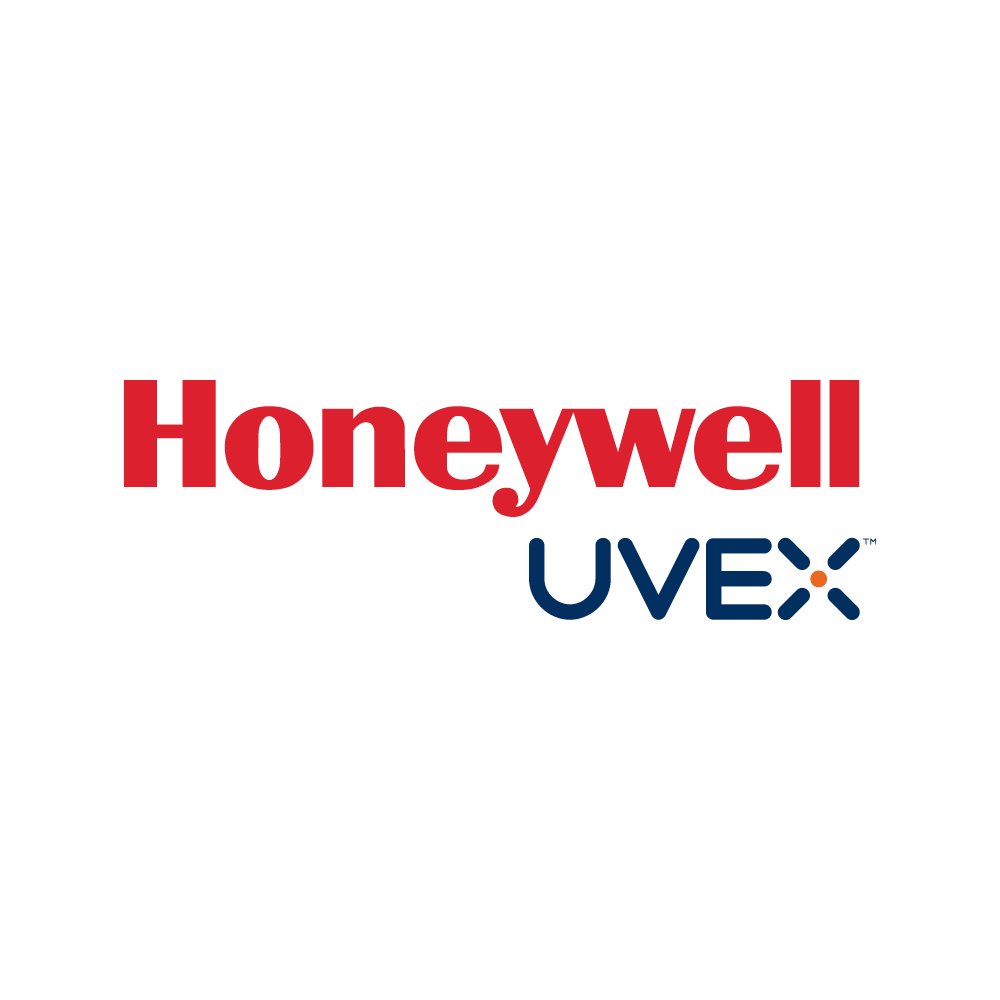
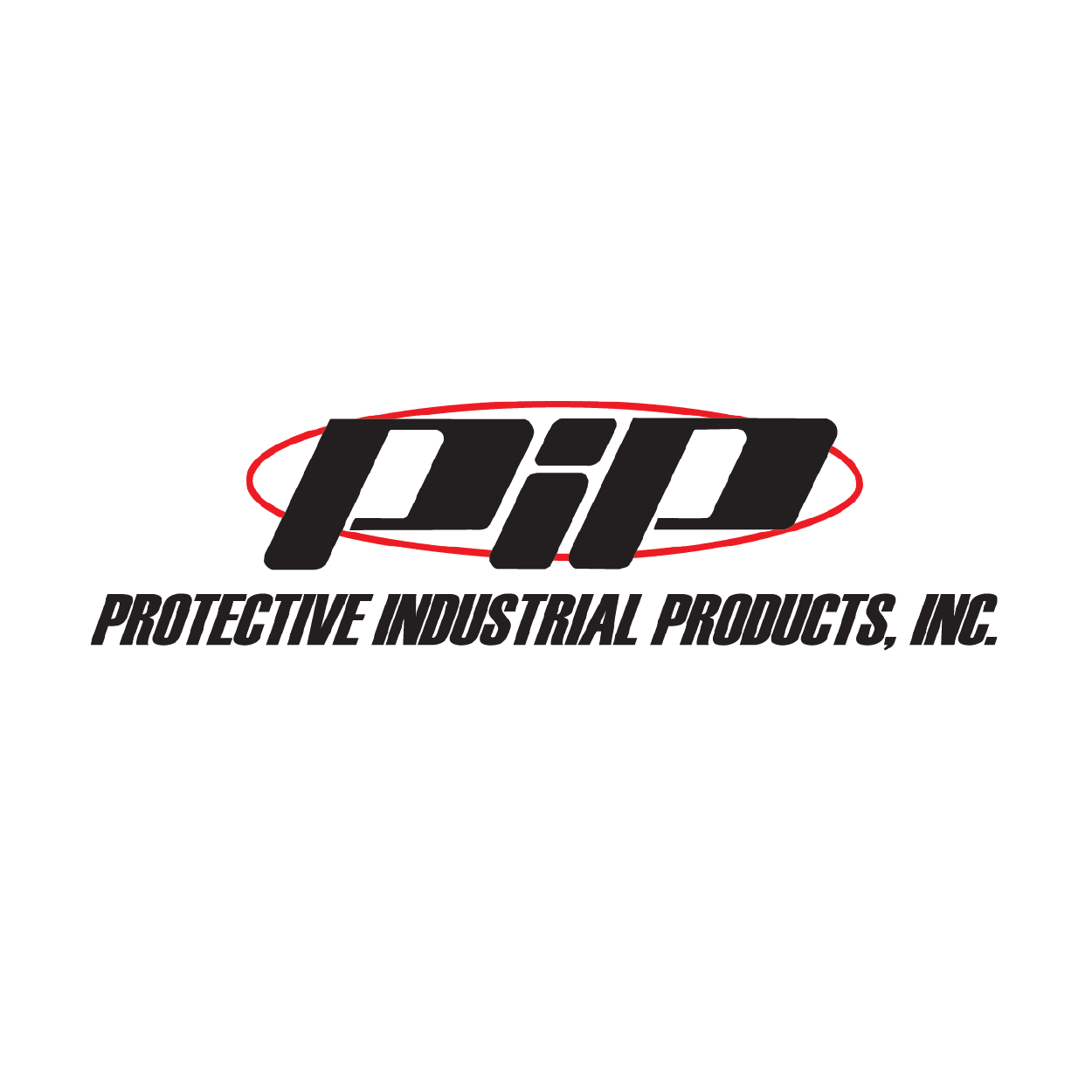
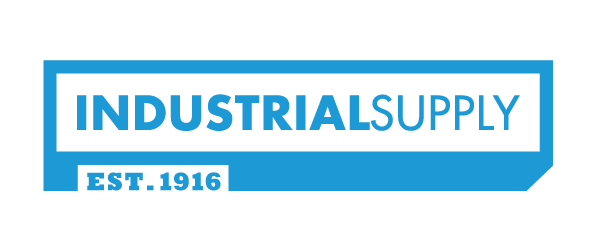
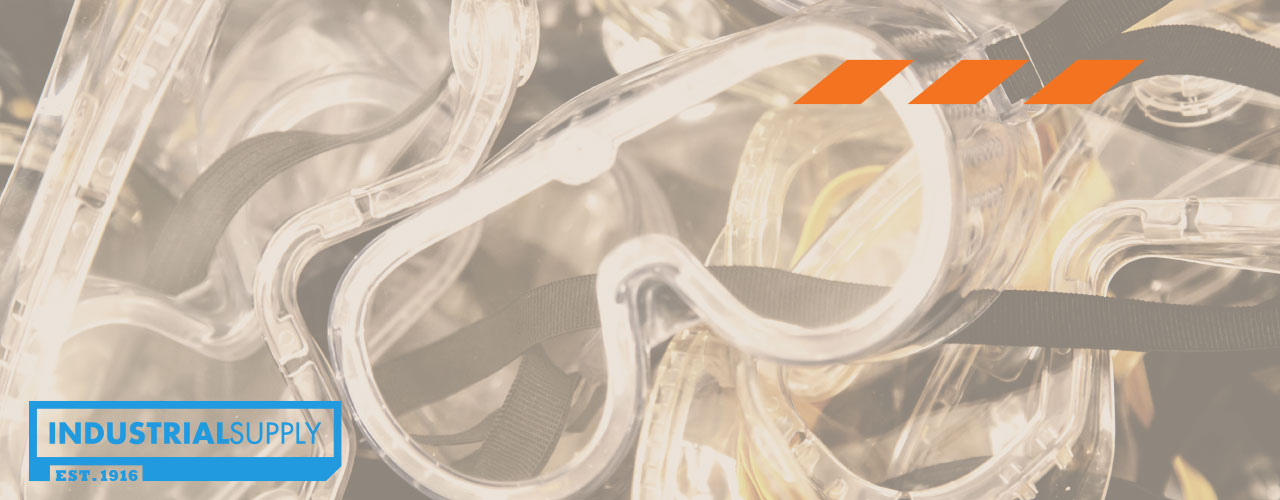
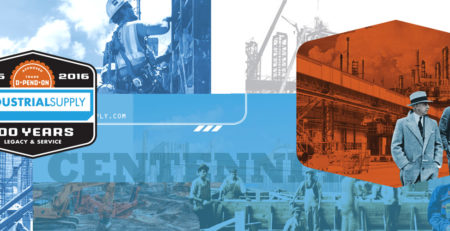
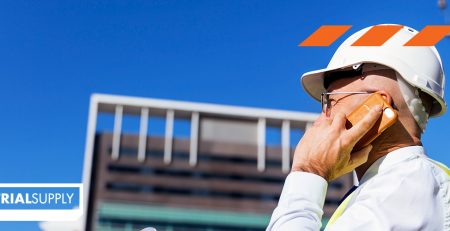
![[image for blog with various sized cnc metal cutting tools ]](https://indsupply.com/wp-content/uploads/2017/01/ISC_BLOG_cuttingtools-1-450x231.jpg)
